If Apple gives up making a cheaper Vision Pro, its $3,500 headset could be doomed
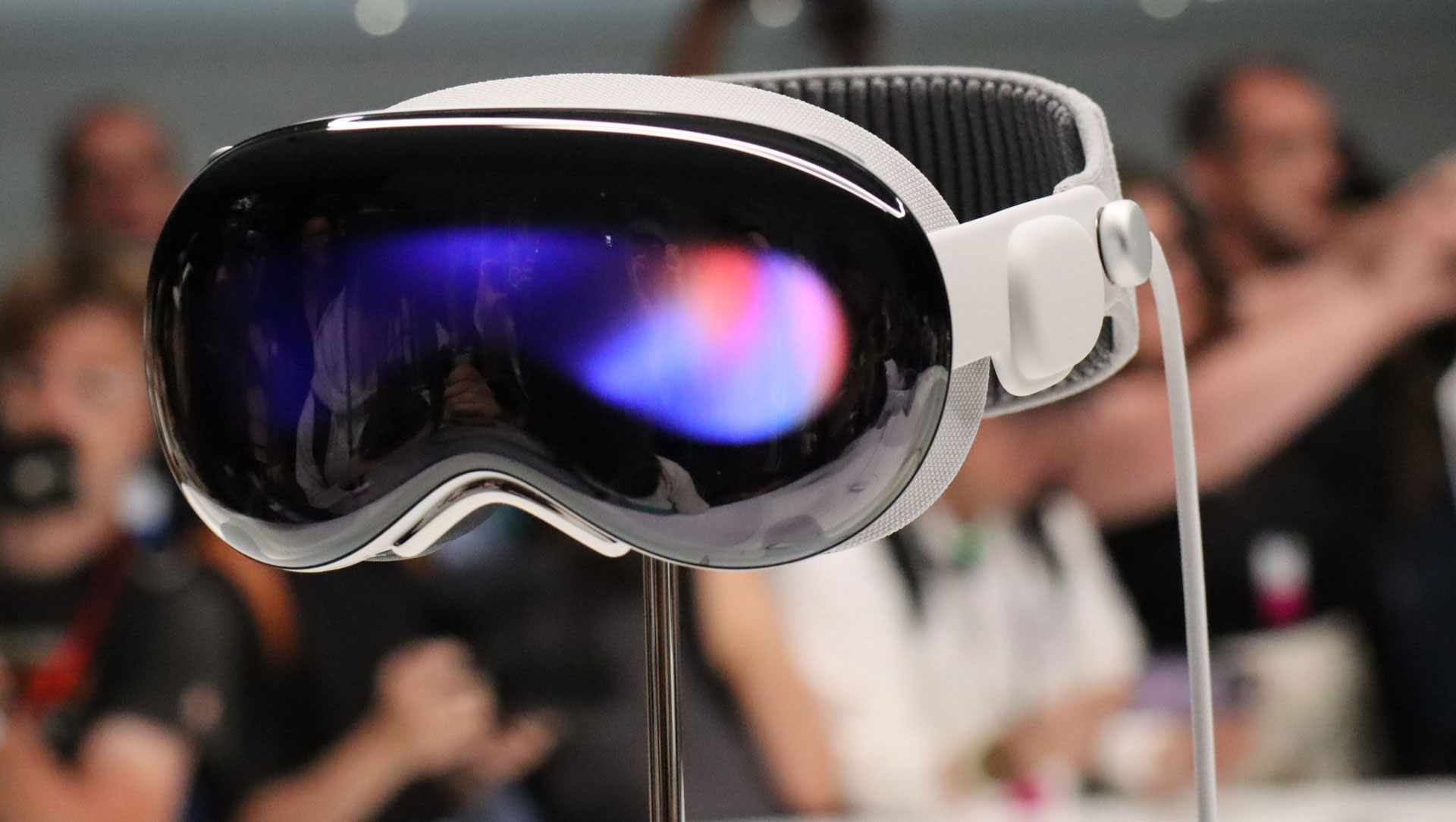
Anyone who's been paying attention to Apple’s Vision Pro headset over the last couple of years knows that its customers have been crying out for a lighter, more affordable version. The current model hasn’t sold anywhere close to the numbers Apple was hoping for, thanks in large part to its weight and cost. It’s clear that carrying on as normal simply isn’t going work.
And yet it looks like that’s exactly what Apple is planning to do. According to Bloomberg reporter Mark Gurman, Apple has shelved plans for a lighter and more affordable Vision Pro – at least temporarily – while it works on a set of top-secret augmented reality (AR) glasses. And with no release date in sight for the slimmed-down Vision Pro, it puts Apple’s headset into dangerously choppy waters.
While AR glasses are clearly the better bet when it comes to future tech that has the potential to go mainstream, I can’t help thinking that this decision has sounded the death knell for the Vision Pro. Whether that’s good news or bad depends on your viewpoint, but one thing is for sure: I doubt Apple ever thought it would end up here.
Obvious failings
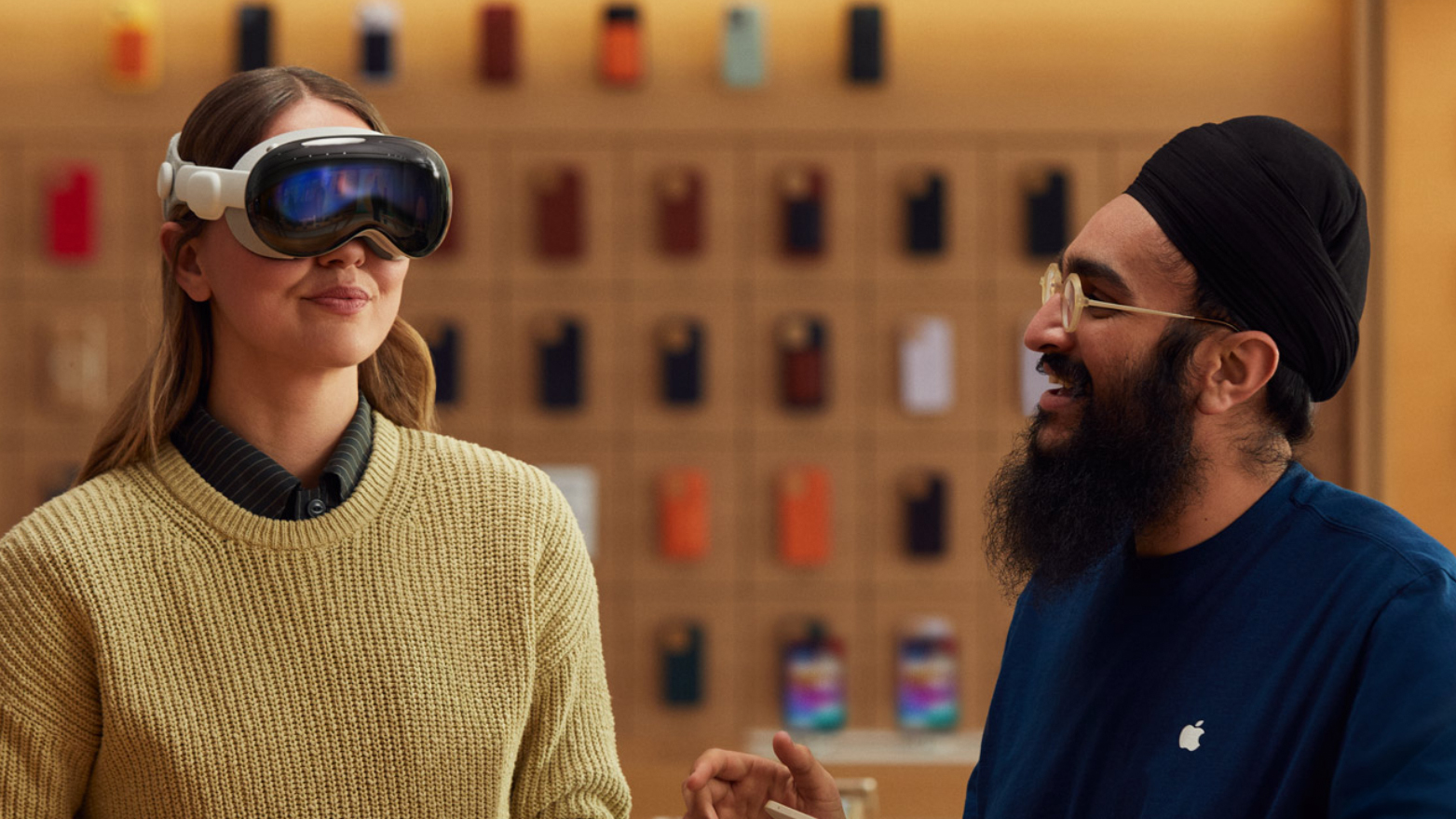
On paper, the Vision Pro is an incredible device. It packs in stunning visuals, fantastic features and capabilities, a genius gesture control system, phenomenal performance, and it all ties in perfectly with your other Apple devices. It’s impressively well-rounded and beats many of its rivals in a variety of ways.
Yet this is no perfect product, and it’s had some very obvious failings since its 2023 launch. For one thing, it’s extremely expensive at $3,499. While that’s somewhat understandable due to its top-tier components and features, it’s a price that’s still almost impossible to justify for most people.
The headset is also noticeably heavy, and many users have complained of head and neck strain after just an hour or two of using it. That should be a loud warning siren for anyone, Apple included.
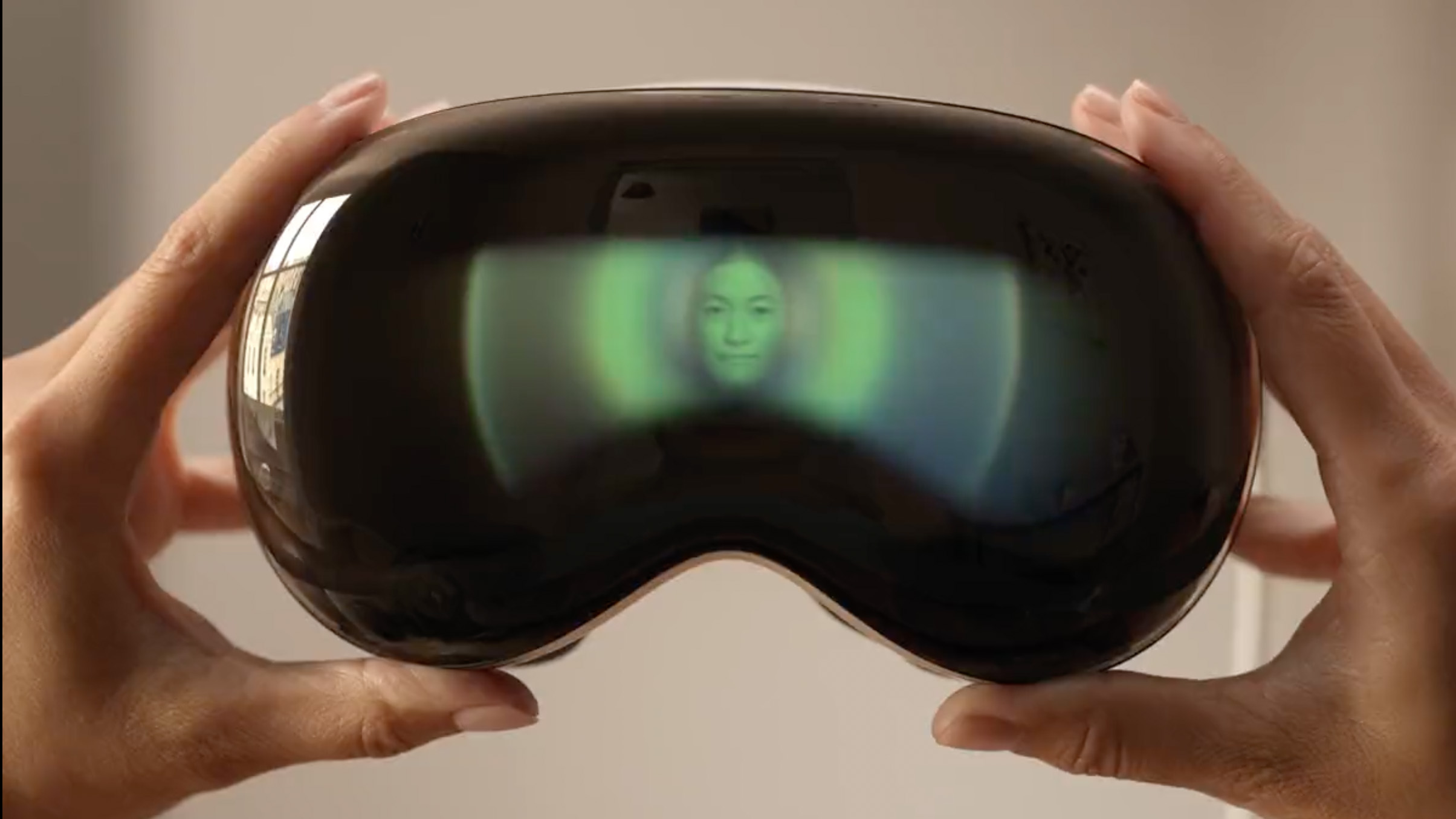
Throw in a worrying lack of dedicated content and you’ve got a device that’s struggling to make itself relevant. When customers can choose between a $300 Meta Quest 3 – which we rated five stars in our review – and a $3,499 Apple Vision Pro, I expect most will go for the former in a heartbeat. Sure, the latter is much more high-end, but its price is also ten times higher. Is it really ten times more capable? Does it offer ten times more content? I don’t think so.
Sign up for breaking news, reviews, opinion, top tech deals, and more.
There has been talk for some time that Apple is working on a lighter, cheaper version of the Vision Pro that will offset some of these issues. That makes sense – you don’t need deep insider knowledge to see that something has to change, and that these areas are the most important.
But with Apple apparently ditching this device to focus on AR glasses, the future of the Vision Pro has been thrown into question. Yes, Apple is rumoured to be working on a new version with a faster chip, but that will do nothing to fix its outstanding problems – after all, this model is expected to be nothing more than a simple chip upgrade, with no further changes to the headset’s design. Performance isn’t an issue. Weight and price are.
Doomed from the start?
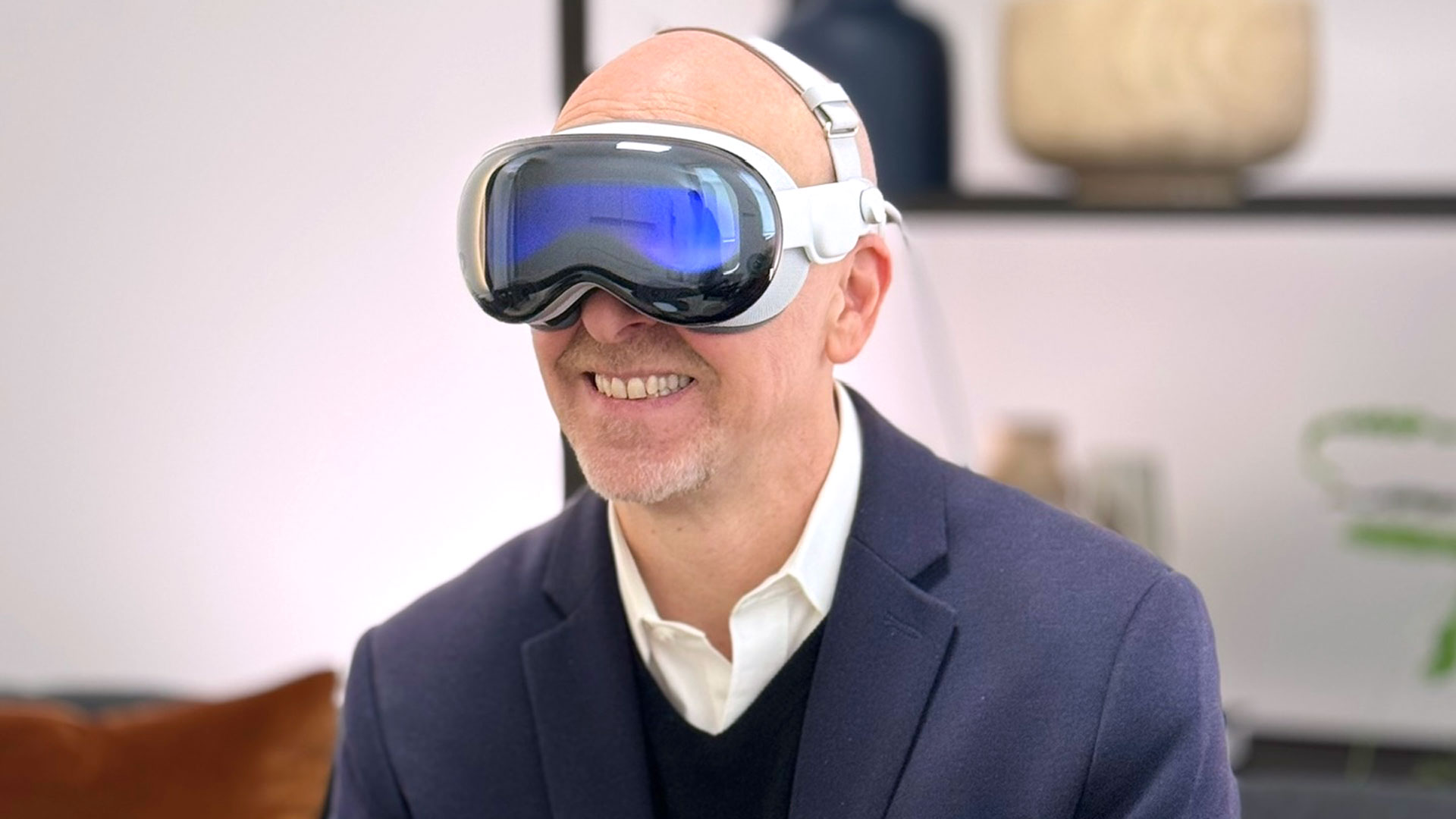
Without addressing the elephant(s) in the room, the Vision Pro is in a really tough spot. It’s so expensive that you’re unlikely to know many people who own one. That means you can’t just go to a friend’s house and try one on to see if you want it. You instead have to go to an Apple Store, where you’ll likely have less time to play around with it, plus a much more sanitized experience from Apple that might not give you all the info you need to make an informed purchasing decision.
Even if you do know someone who already has a Vision Pro, $3,499 is way above what most people can afford. You might love it to bits but still walk away unconvinced that it’s worth the considerable outlay. The pricing automatically makes it niche because the bar to entry is so dauntingly high.
But with the Vision Pro, you not only have a niche product, but one that can also get uncomfortable to wear. Apple has an optional head strap that can better distribute the weight, and Gurman believes the company is “preparing a new strap system that aims to make the device feel lighter during extended use.” But that doesn’t fix the underlying issue of the device’s bulk. You can make the weight a little easier to bear, but it’s still there.
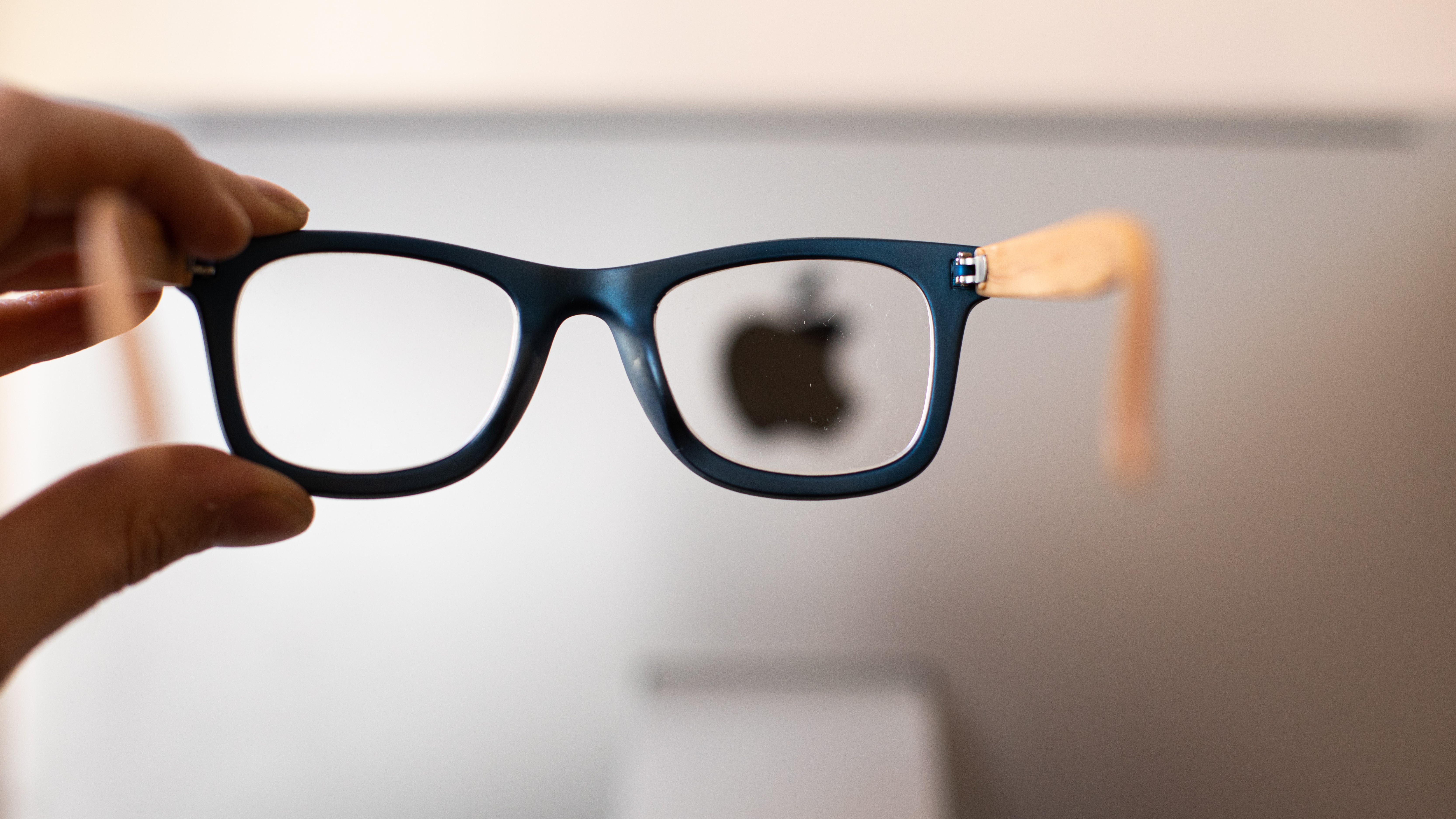
Gurman’s argument is that “Apple is a company focused on shipping mainstream products” and that “There is nothing mainstream about a too-heavy and unaffordable headset.” This is true, but if the Vision Pro is not for mainstream audiences, why did Apple position it as the future of mixed-reality headsets?
Apple does release non-mainstream devices – just look at the Mac Pro. That computer isn’t expected to sell in great numbers, but it’s popular enough among its very specific target audience. Can we say the same of the Vision Pro?
It feels like Apple has aimed for a niche and failed to deliver, ultimately meaning the Vision Pro has a vanishingly small customer base. And without putting that right, Apple seems to be abandoning the Vision Pro to its fate.
Ultimately, we’ll probably get a much better device in the form of AR glasses, and Apple can speed up work on this product by moving engineers away from its failing headset. But it will only get there by stepping on what’s left of the Vision Pro. For such an ambitious product, that’s a real shame.
Follow TechRadar on Google News and add us as a preferred source to get our expert news, reviews, and opinion in your feeds. Make sure to click the Follow button!
And of course you can also follow TechRadar on TikTok for news, reviews, unboxings in video form, and get regular updates from us on WhatsApp too.
You might also like

Alex Blake has been fooling around with computers since the early 1990s, and since that time he's learned a thing or two about tech. No more than two things, though. That's all his brain can hold. As well as TechRadar, Alex writes for iMore, Digital Trends and Creative Bloq, among others. He was previously commissioning editor at MacFormat magazine. That means he mostly covers the world of Apple and its latest products, but also Windows, computer peripherals, mobile apps, and much more beyond. When not writing, you can find him hiking the English countryside and gaming on his PC.
You must confirm your public display name before commenting
Please logout and then login again, you will then be prompted to enter your display name.